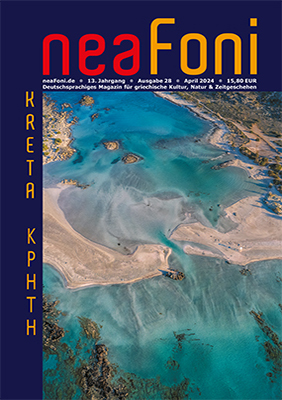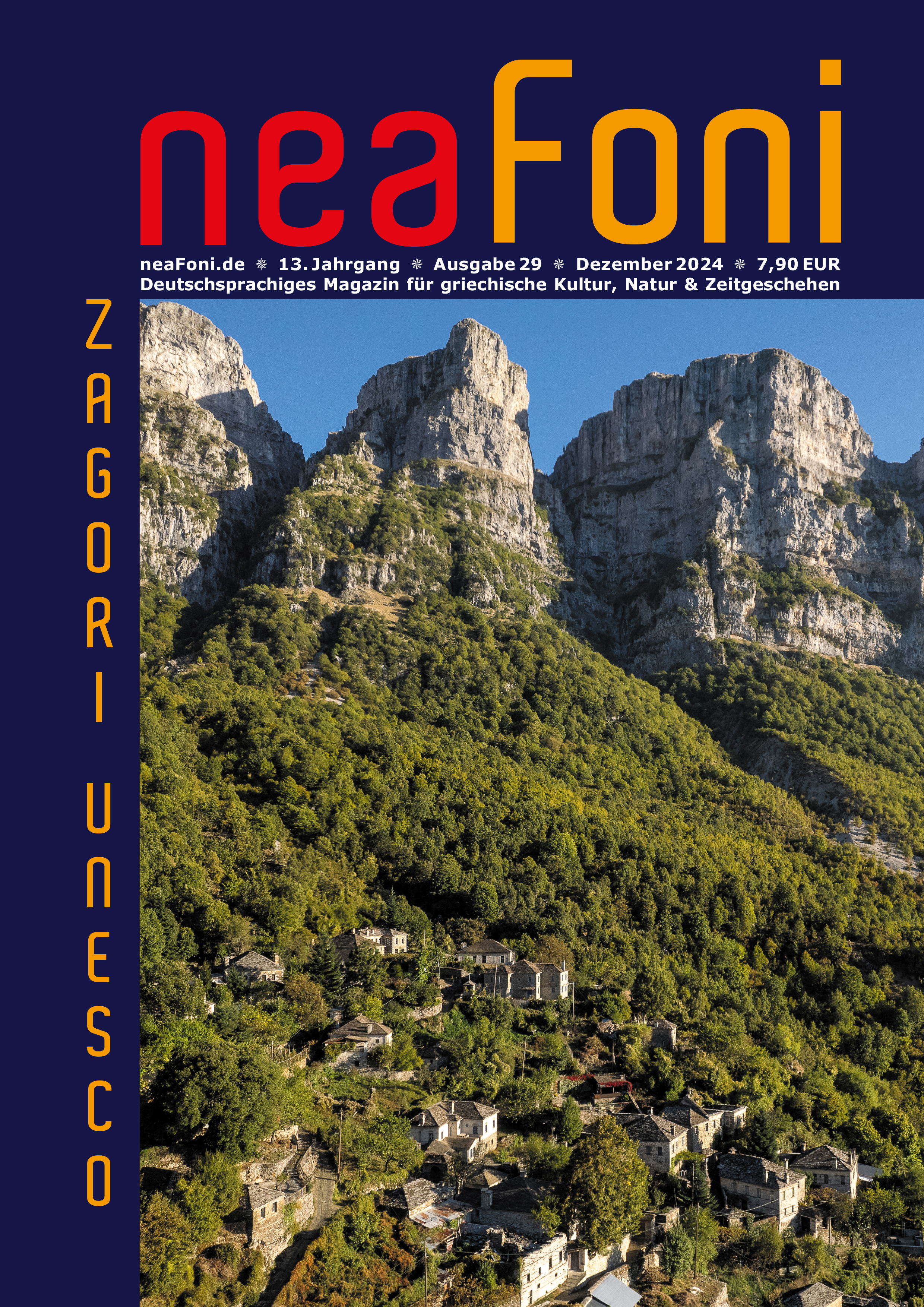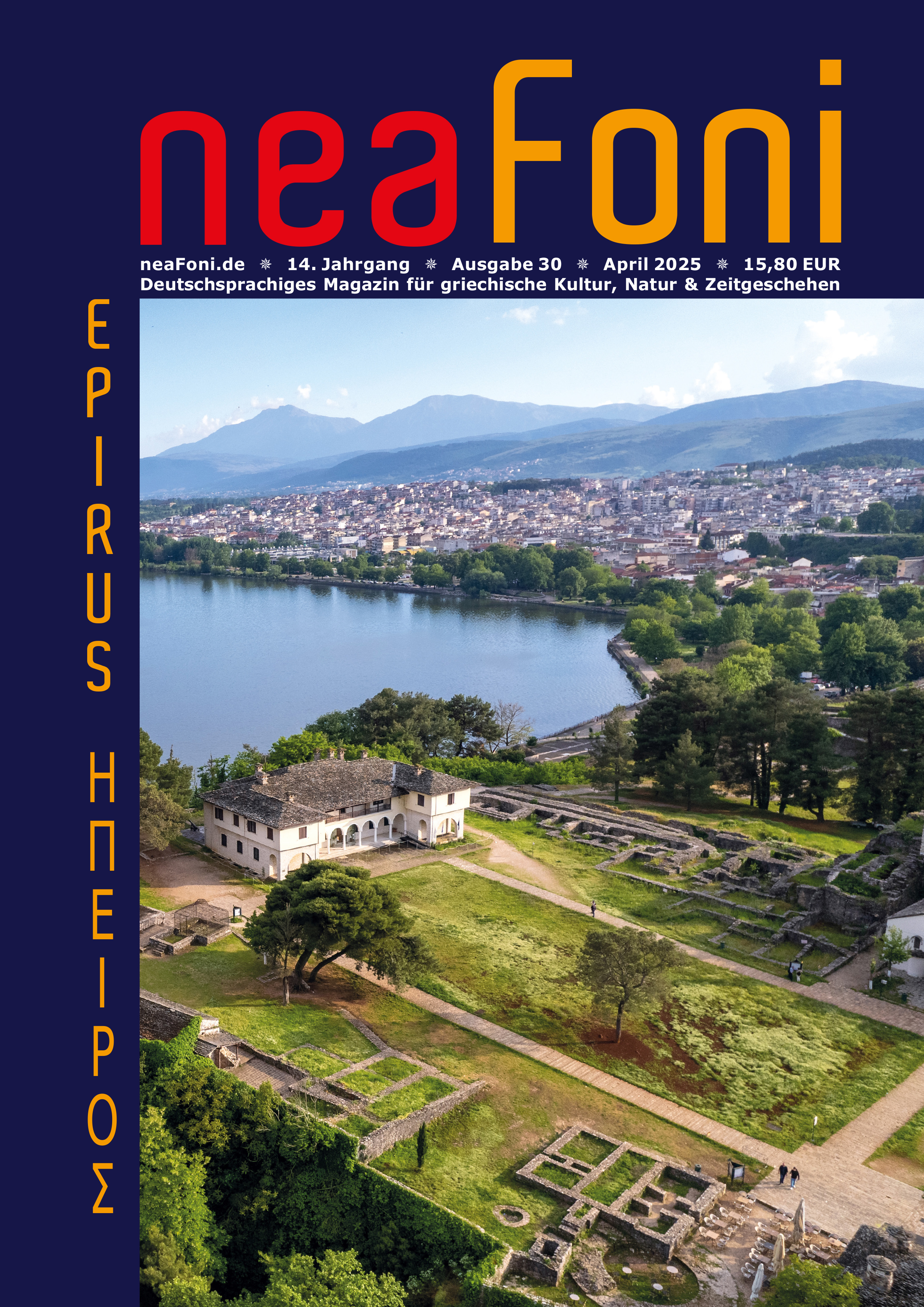Weitere Artikel und Bilder für Unesco
Archäologische Museen
2.664 Wörter 10 Minuten 3.605 × gelesen
2.282 Wörter 8 Minuten 12.955 × gelesen
546 Wörter 2 Minuten 14.289 × gelesen
3.996 Wörter 14 Minuten 17.766 × gelesen
695 Wörter 2 Minuten 2.748 × gelesen
Ausgrabungen
183 Wörter 1 Minute 2.955 × gelesen
198 Wörter 1 Minute 1.499 × gelesen
312 Wörter 1 Minute 4.618 × gelesen
214 Wörter 1 Minute 1.655 × gelesen
245 Wörter 1 Minute 2.995 × gelesen
240 Wörter 1 Minute 1.067 × gelesen
237 Wörter 1 Minute 1.304 × gelesen
223 Wörter 1 Minute 2.629 × gelesen
1.342 Wörter 5 Minuten 22.703 × gelesen
239 Wörter 1 Minute 3.544 × gelesen
243 Wörter 1 Minute 1.330 × gelesen
264 Wörter 1 Minute 2.656 × gelesen
766 Wörter 3 Minuten 12.785 × gelesen
1.833 Wörter 7 Minuten 15.894 × gelesen
224 Wörter 1 Minute 1.077 × gelesen
275 Wörter 1 Minute 2.675 × gelesen
1.544 Wörter 6 Minuten 23.688 × gelesen
292 Wörter 1 Minute 1.303 × gelesen
224 Wörter 1 Minute 1.040 × gelesen
775 Wörter 3 Minuten 583 × gelesen
299 Wörter 1 Minute 2.168 × gelesen
201 Wörter 1 Minute 2.767 × gelesen
895 Wörter 3 Minuten 1.771 × gelesen
266 Wörter 1 Minute 2.031 × gelesen
419 Wörter 1 Minute 1.936 × gelesen
Burgen & Festungen
277 Wörter 1 Minute 1.281 × gelesen
Festland - Epirus
971 Wörter 3 Minuten 24.102 × gelesen
Festland - Makedonien
520 Wörter 2 Minuten 638 × gelesen
Festland - Peloponnes
324 Wörter 1 Minute 2.021 × gelesen
Festland - Zentralgriechenland
2.229 Wörter 8 Minuten 23.970 × gelesen
2.009 Wörter 7 Minuten 2.618 × gelesen
226 Wörter 1 Minute 1.188 × gelesen
Gesellschaft
693 Wörter 2 Minuten 1.198 × gelesen
995 Wörter 4 Minuten 1.346 × gelesen
Inseln - Dodekanes
233 Wörter 1 Minute 1.323 × gelesen
781 Wörter 3 Minuten 13.002 × gelesen
954 Wörter 3 Minuten 19.464 × gelesen
221 Wörter 1 Minute 1.141 × gelesen
Inseln - Ionische
229 Wörter 1 Minute 1.488 × gelesen
Inseln - Kreta
277 Wörter 1 Minute 1.151 × gelesen
Kirchen & Klöster
2.753 Wörter 10 Minuten 2.591 × gelesen
235 Wörter 1 Minute 1.211 × gelesen
232 Wörter 1 Minute 2.173 × gelesen
239 Wörter 1 Minute 1.691 × gelesen
231 Wörter 1 Minute 1.837 × gelesen
237 Wörter 1 Minute 2.044 × gelesen
217 Wörter 1 Minute 1.793 × gelesen
234 Wörter 1 Minute 2.238 × gelesen
236 Wörter 1 Minute 1.805 × gelesen
217 Wörter 1 Minute 1.986 × gelesen
246 Wörter 1 Minute 2.230 × gelesen
238 Wörter 1 Minute 2.603 × gelesen
239 Wörter 1 Minute 2.026 × gelesen
218 Wörter 1 Minute 2.293 × gelesen
574 Wörter 2 Minuten 1.762 × gelesen
389 Wörter 1 Minute 2.704 × gelesen
243 Wörter 1 Minute 1.952 × gelesen
236 Wörter 1 Minute 1.143 × gelesen
991 Wörter 4 Minuten 12.618 × gelesen
231 Wörter 1 Minute 1.631 × gelesen
243 Wörter 1 Minute 1.229 × gelesen
1.106 Wörter 4 Minuten 918 × gelesen
30 Wörter 1 Minute 3.495 × gelesen
111 Wörter 1 Minute 3.717 × gelesen
99 Wörter 1 Minute 4.751 × gelesen
81 Wörter 1 Minute 3.160 × gelesen
71 Wörter 1 Minute 3.399 × gelesen
224 Wörter 1 Minute 6.259 × gelesen
448 Wörter 2 Minuten 590 × gelesen
1.771 Wörter 6 Minuten 2.201 × gelesen
615 Wörter 2 Minuten 708 × gelesen
614 Wörter 2 Minuten 991 × gelesen
720 Wörter 3 Minuten 1.442 × gelesen
296 Wörter 1 Minute 5.449 × gelesen
Regionen
1.942 Wörter 7 Minuten 600 × gelesen
80 Artikel gefunden in 13 Artikelgruppen
1.753 Bilder gefunden




